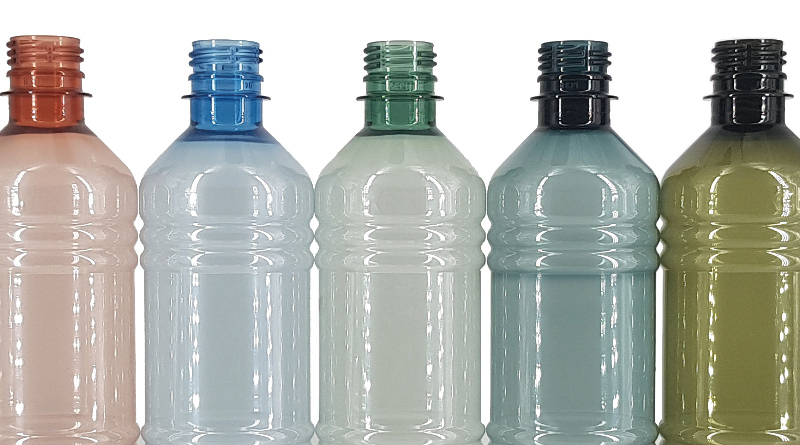It is time to RE-focus
by Lucia Buffoni, Marketing Manager, Repi Group
With no doubt such a complexity like the Covid-19 one could not be imagined even remotely. So it happens that this year, that was meant to mark important acceleration of transition to an economy made of plastic alternatives have instead underscored that plastic is still the most reliable and affordable solution for personal protection. The pandemic is challenging everyone’s lifestyle, habits and daily life, even of those who are fighting for a reduction when not a ban of plastic. Let us remain on the concept of “circular economy”. Reaching a “circular economy” means structuring economies on the virtuous closed loop of ‘make – use – recycle’ in which every product is designed to be used and then disposed leaving no traces, it means being re-used to generate other products and so on. All good so far but is this really the full picture? I mean if we recall the primary goal of a circular economy, that is to cut CO2 emissions as main cause of global warming, then the carbon footprint contribution of our activities should be the main driver. Instead, some solutions emerging and defined as 100% recyclable produce actually higher CO2 emissions than what they are replacing and can’t therefore be sustainable for the future.
What if we try to let consumers learn what’s behind a packaging and why plastics in packaging have become so successful worldwide? The current health emergency is showing one of their unparallel advantages offered to consumers: safety. But plastic packaging does offer much more: light weight, a PET bottle is lighter than any other packaging and therefore consumers can practically carry their on-the-go snacks and drinks while commuting to job; more-over it hardly breaks, and its logistic is agile and safe all over the world; lastly plastics are highly recyclable (and recycled already) to enter the packaging value chain again or to be used for a number of other applications, not of lower value (textiles as an example).
There are ways to make a plastic packaging even more sustainable. One way can be choosing additives and colours that add performance and aesthetics while having negligible impact on its recyclability. This is at the basis of the REFIT concept. “R” to the three commonly accompanying circular economy statements: reducing, reusing, recycling, REFITting. REFIT means having an all-round approach to carbon footprint contribution. The main reasons behind can be summarised as follows:
- Process – the manufacturing process of a liquid colour/additive is energy efficient since no high temperatures are needed to blend carriers (that are already liquid) with pigments or dyes. Regardless from the specific production cycle, all processes happen at room temperature.
- Logistics – the high concentration of liquids leads to less space needed for transport and therefore significant CO2 saving
- Stockage of liquids at the customer’s site is highly space efficient
REFIT comprises additives and colours that are dedicated to plastic recycling and offer a broad-spectrum support in the form of aesthetics enhancers and mechanical boosters: Anti Yellow (AY) additives and IV enhancers. The colour of rPET varies a lot from supplier to supplier (and even from one batch to the other) and depending on the ratio of recycled PET used, the result can be anything from grey or pale yellow, to blue or greenish. The more recycled content the bottle has, the darker the end colour will appear. The AY range comprises different liquid additives able to balance the appearance of variations in material and to regain brightness, correct a greenish or greyish tone. Besides additives, colours can also come to the rescue. When a very dark rPET is used and an Anti-Yellow additive is not enough, corrections through colour may be crucial. Repi’s Fumé colour range is made of shades like ambers, light blues, greens or greys, that are used at very low dosages (as low as 0.05%) so not to impact the recycling stream. The entire value chain of plastic packaging has been working hard and constantly for many years on making plastic recyclable and recycled.
The complete article can be read in PETplanet Insider 6 / 2020.

